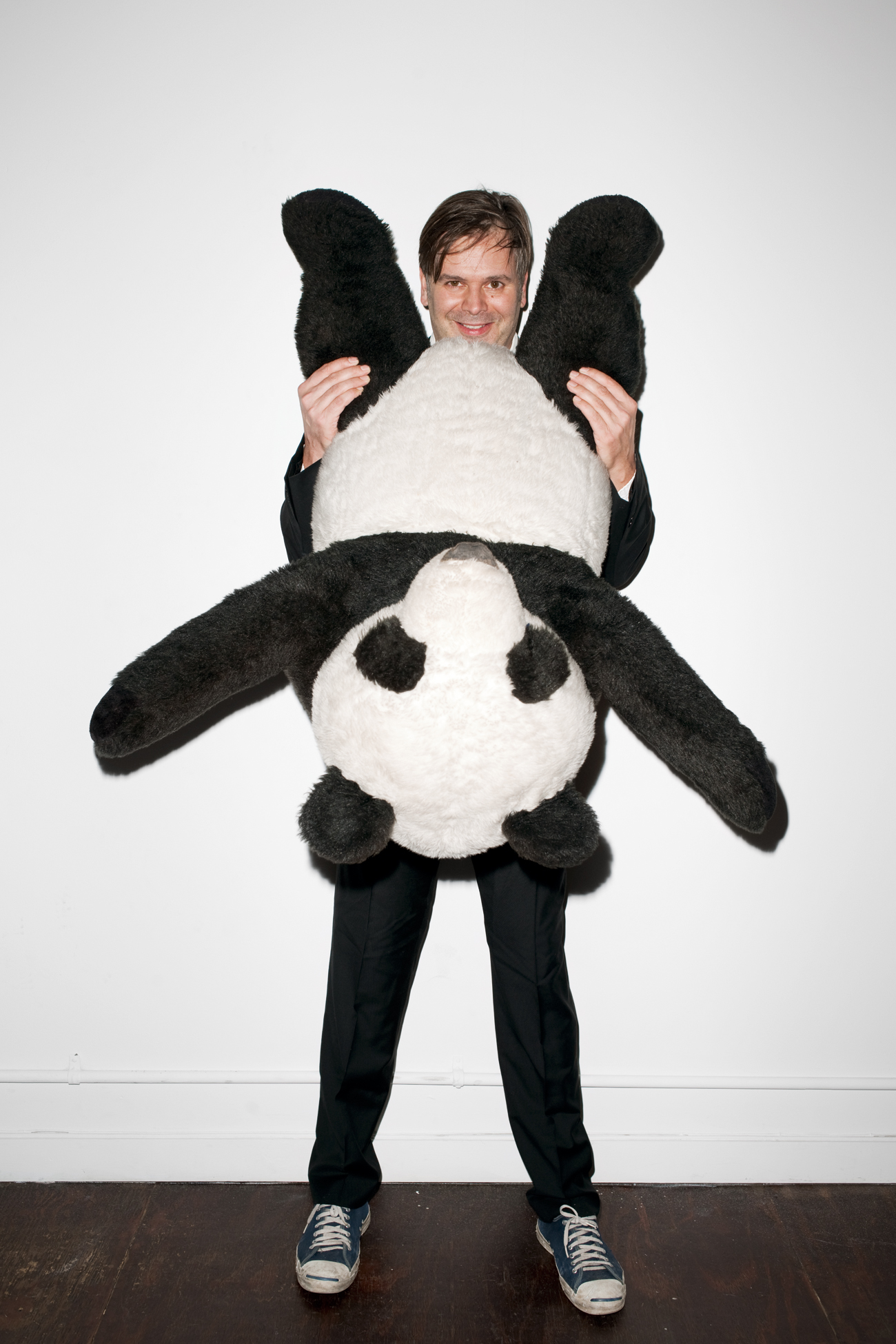Purple Magazine
— S/S 2010 issue 13
Rob Pruitt
 Portrait by Terry Richardson
Portrait by Terry Richardson
interview by GLENN O’BRIEN
portrait by TERRY RICHARDSON
I visited ROB PRUITT’s studio in Brooklyn on the first really cold day in the Fall of 2009. It was just a few weeks after I worked with Rob at the Guggenheim Museum on the first annual Rob Pruitt Art Awards Show, the art world’s first-ever awards ceremony, which Rob rather miraculously pulled off in high-style. I signed on as the announcer — or, as he put it, The Voice of God. I became involved in the ceremony thinking it would be a spoof on the art world and on award shows in general. Oddly enough, it turned out to be a transcendental moment that fulfilled both missions while achieving something more. Somehow the award ceremony altered the world it both teased and honored. I’ve always been a big fan of Rob’s work,…